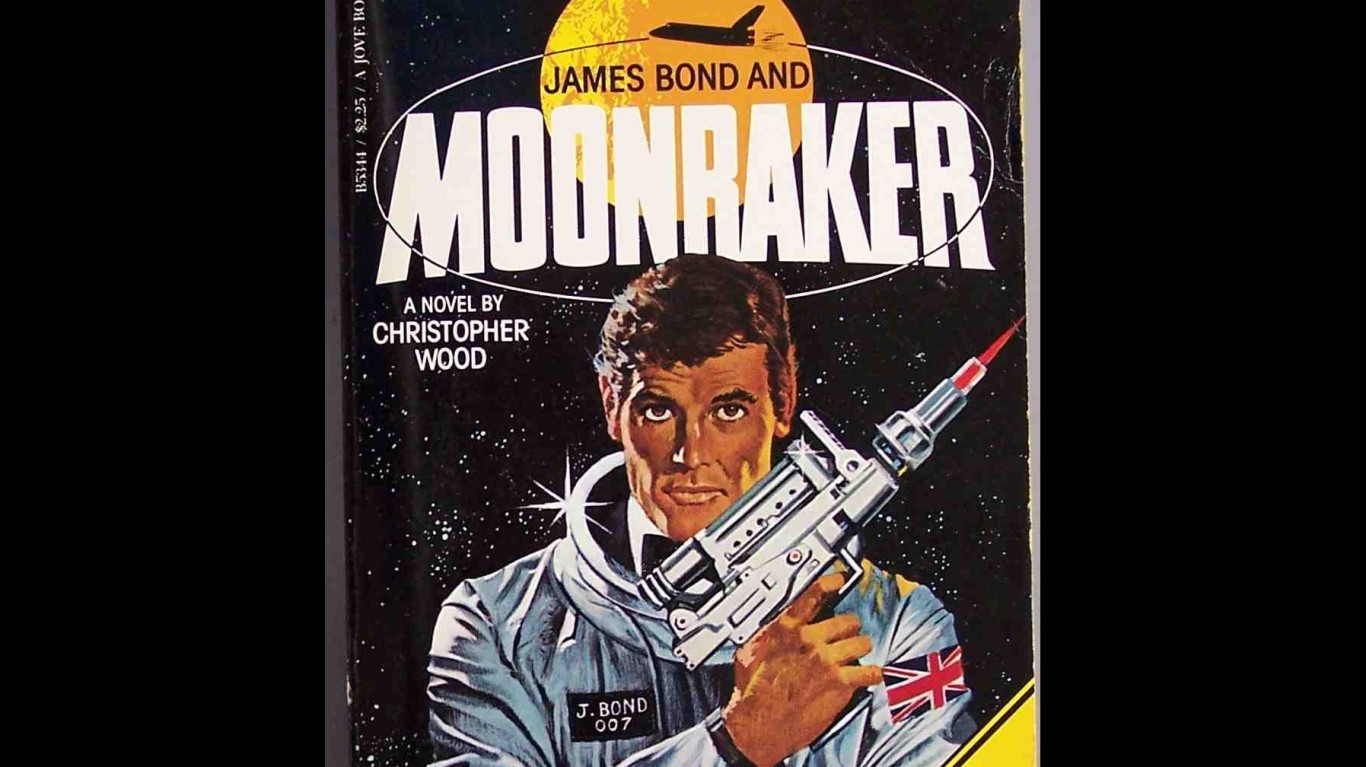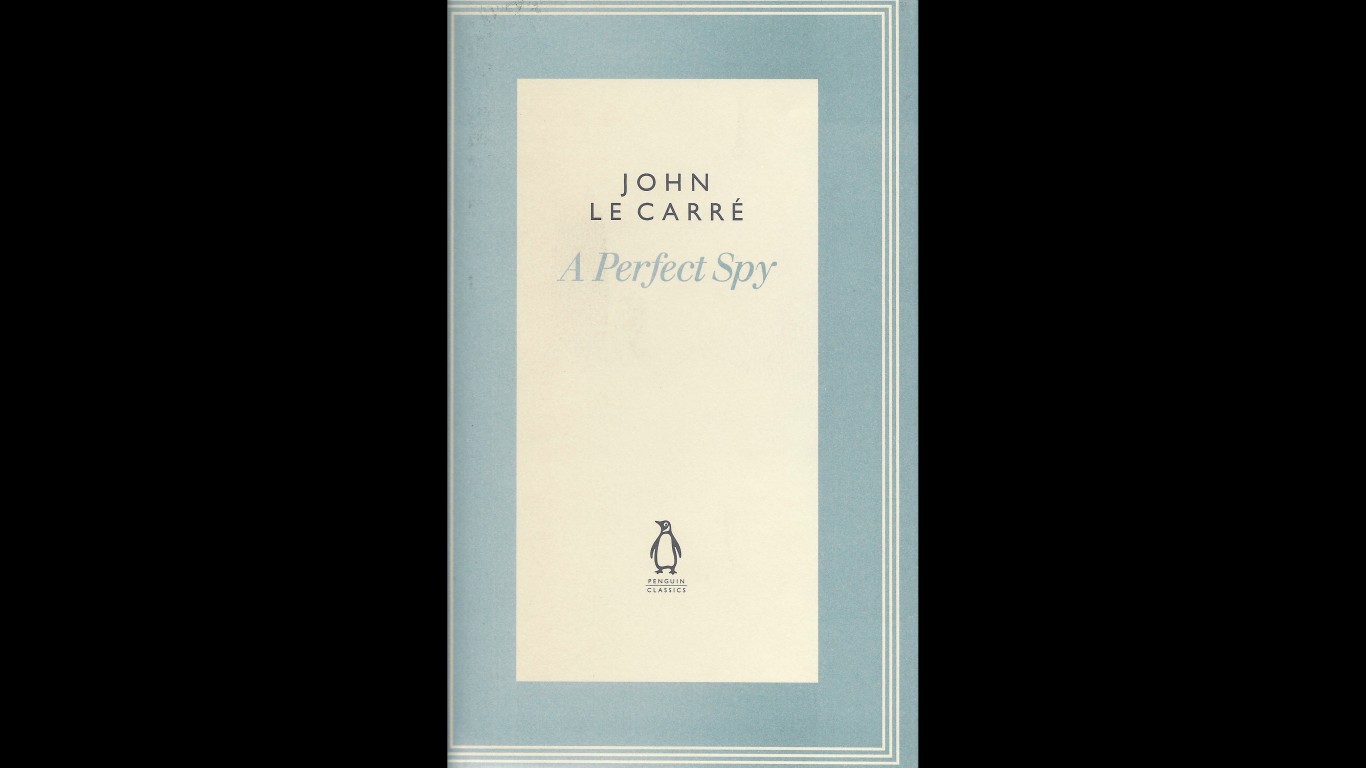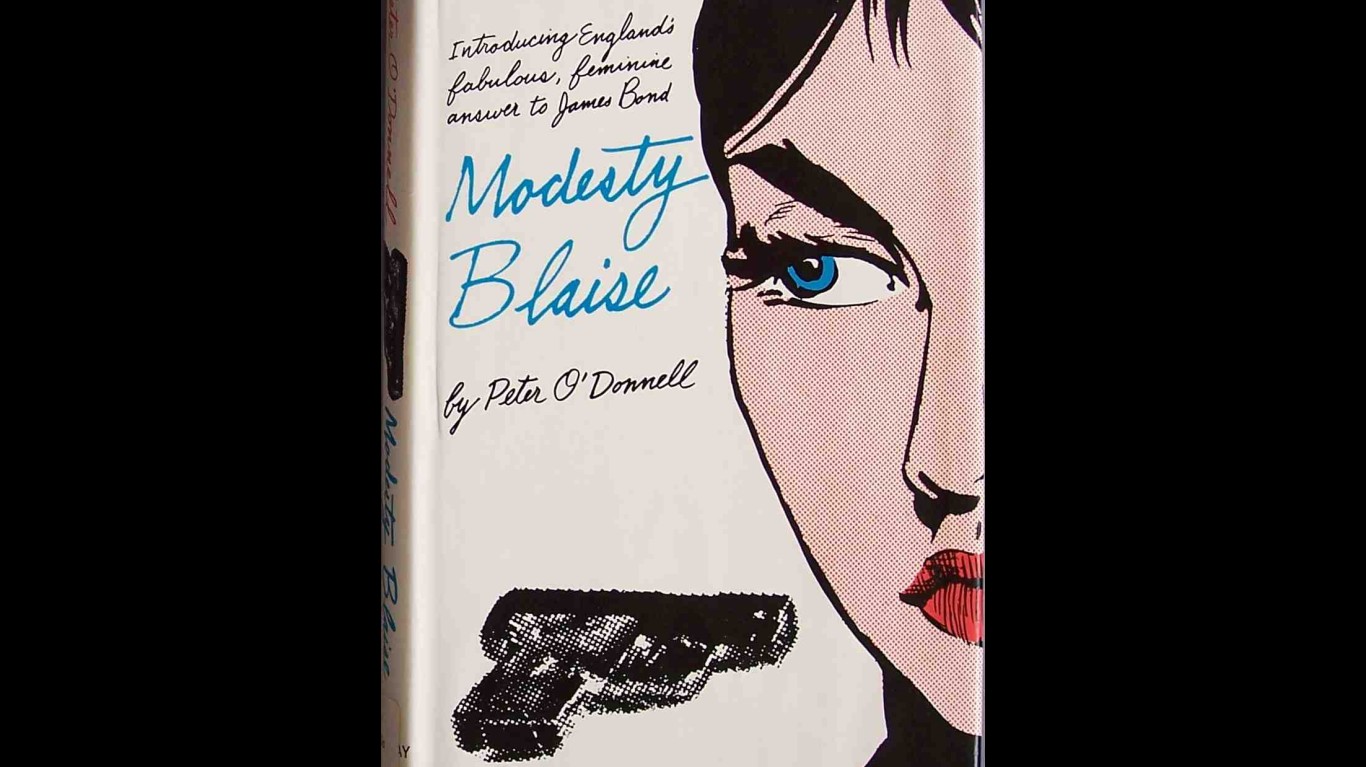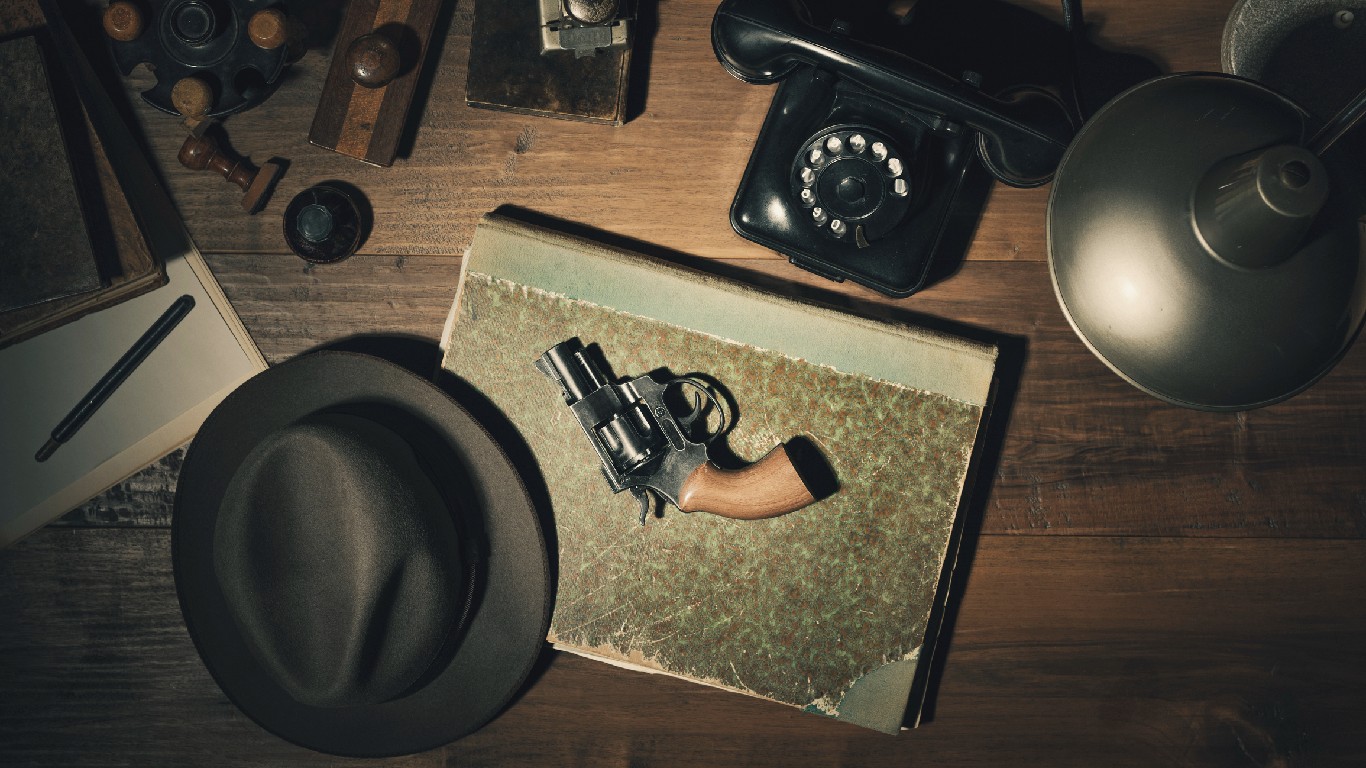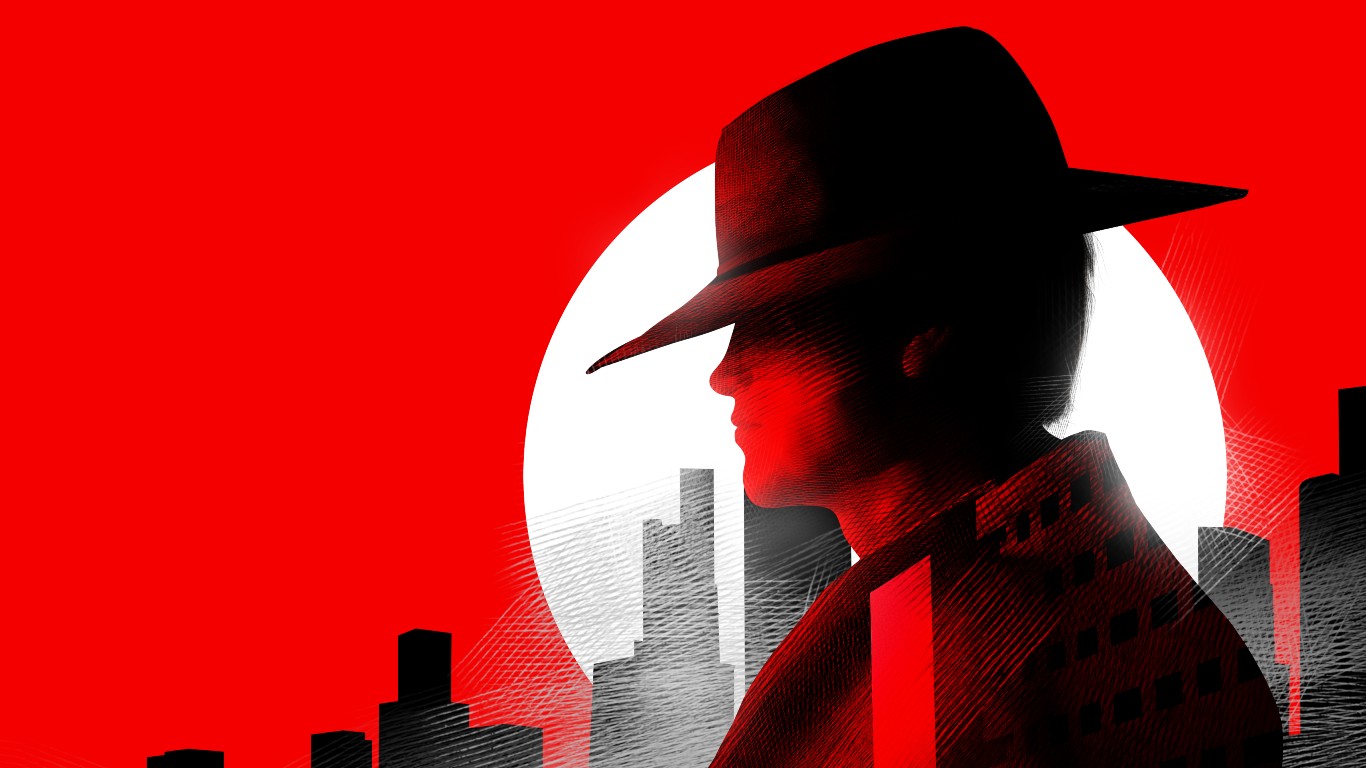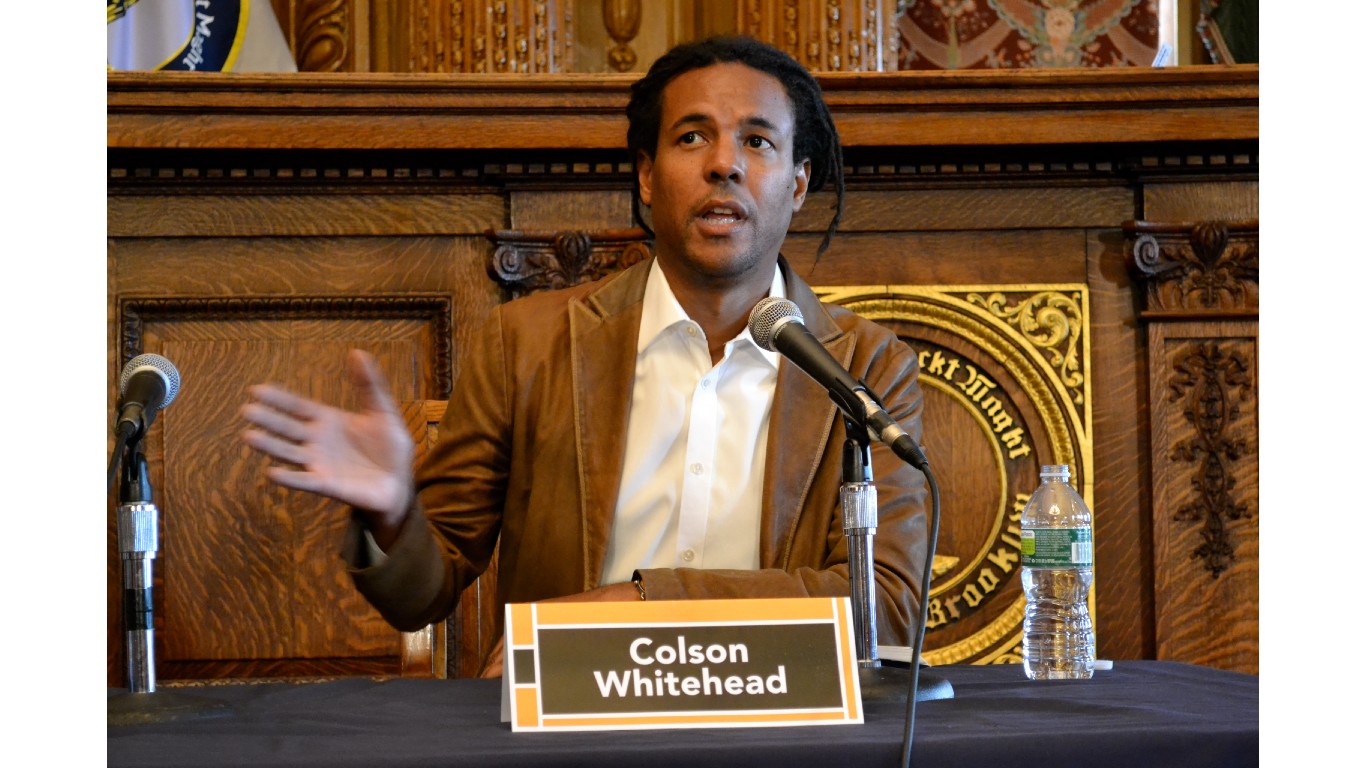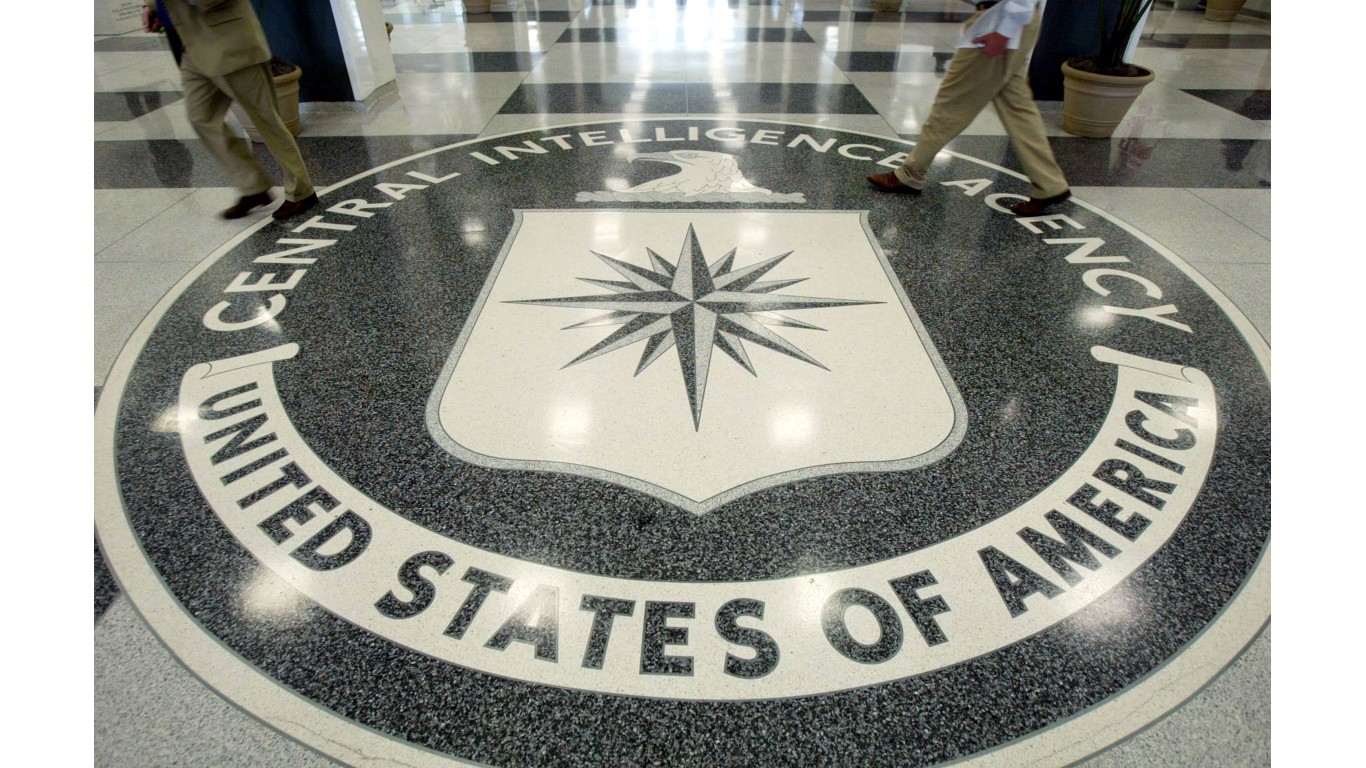
Whether it’s in novels, television series, or motion pictures, spies have always intrigued us. Theirs is a life lived on the edge, where motives are questioned, and sometimes we’re not sure what side they’re really on.
To compile a list of the most famous fictional spies of all time, 24/7 Tempo consulted numerous literature and pop culture websites, including The Telegraph, Goodreads, Spy Write, Criminal Element, Gizmodo, and Mal Warwick on Books. Though a number of these spies have appeared in movies or on TV, this list is based exclusively on books and does not include figures who appear only on screen.
Our fascination with spies is derived from their particular qualities and quirks. Bravery? Sure. Patriotism? Mostly true. And we’re drawn by the resourcefulness of Ian Fleming’s James Bond (President John F. Kennedy’s favorite); the gravitas of John Le Carré’s worn-out spook Alec Leamas; the healthy disrespect for incompetent supervisors of Len Deighton’s Harry Palmer; or the ambitions of Stella Rimington’s Liz Carlyle.
Serious novelists such as Graham Greene, W. Somerset Maugham, Joseph Conrad, and John Banville all visited the world of espionage. Greene and Maugham worked for the British secret service, as did Rimington. Ian Fleming, creator of James Bond, worked for British naval intelligence during World War II. Charles McCarry and Jason Matthews worked for years at the CIA. They used their experience with spycraft to flesh out their plots and characters. (In real life, these are the most famous spies in history.)
Click here to learn more about the most famous spies in fiction
Some of the spies on our list appear only in a single novel, while others are in series of various lengths. While many of the novels are thrillers or gritty reads, others such as Modesty Blaise have their origins as comic strips.
Many of the spies in novels have appeared in movies or television shows, among them James Bond, Jason Bourne, George Smiley, Bernard Samson, Harry Palmer, and Jack Ryan, though their on-screen personas don’t always match up with the way they are presented in print. (These are the 30 best spy films of all time.)
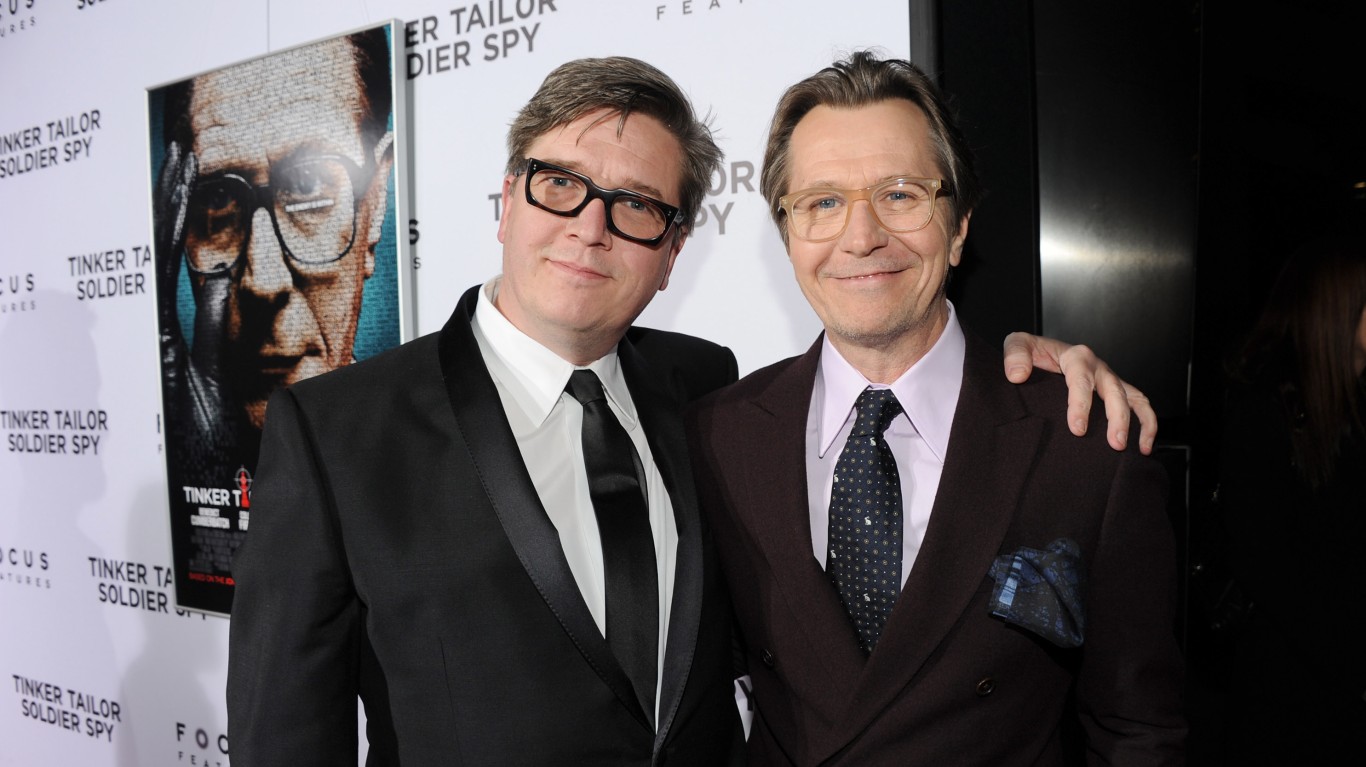
George Smiley
> Created by: John Le Carré
> Definitive appearance: Tinker Tailor Soldier Spy
Next to James Bond, George Smiley is possibly the most famous fictional spy of all time. Smiley, who appeared in nine John Le Carré novels, is the anti-Bond. Smiley was introduced in “A Call for the Dead” as a “breathtakingly ordinary” man with thinning hair and glasses who wears ill-fitting suits and longs for the love of his serially unfaithful wife, Lady Ann. Besides matching wits with communist spies, Smiley also deals with betrayal from within the British secret service ranks. Among those who played him in the movies and television are Alec Guinness, James Mason, and Gary Oldman.
[in-text-ad]
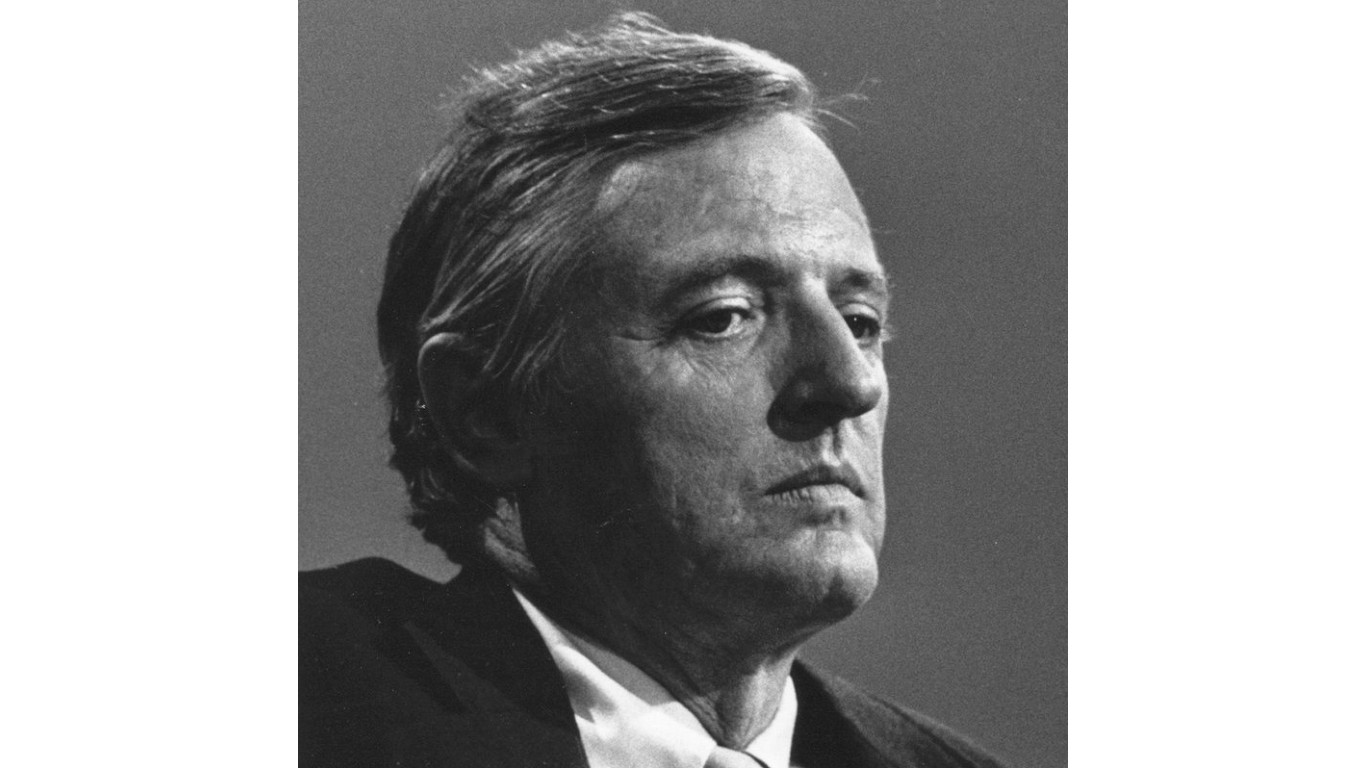
Blackford Oakes
> Created by: William F. Buckley
> Definitive appearance: Last Call for Blackford Oakes
Blackford Oakes is a CIA operative created in 1975 by conservative writer and lecturer William F. Buckley, Jr. The first of Buckley’s 11 Oakes novels was titled “Saving the Queen.” Buckley said he wrote the books as a counterpoint to the prevailing “rogue CIA” stereotype. The novels cover the Cold War timeline from 1952 to 1987, with Oakes confronting historical figures such as revolutionary Che Guevara and British defector Kim Philby.
James Bond
> Created by: Ian Fleming
> Definitive appearance: Moonraker
Ian Fleming, British author, journalist, and former naval intelligence officer, wrote the first of his 12 novels and two short-story collections about James Bond, the British secret service agent with the license to kill, from his home in Jamaica in 1953. The phlegmatic, gadget-brandishing, famously womanizing 007 would become a worldwide phenomenon, spawning 25 full-length films that starred seven different actors. Movie-makers are weighing who the next Bond will be for the 26th James Bond film.
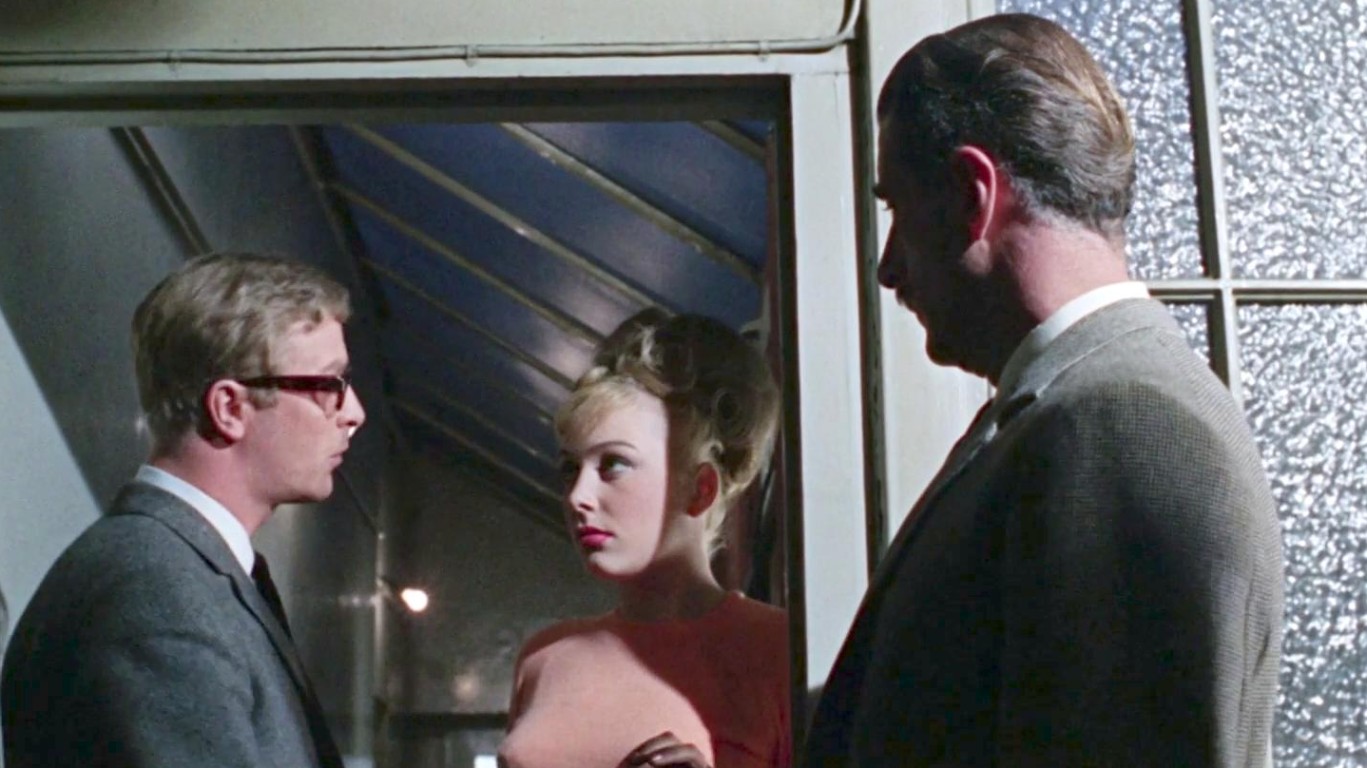
Harry Palmer
> Created by: Len Deighton
> Definitive appearance: The Ipcress File
British historian and novelist Len Deighton wrote seven spy novels whose protagonist – unnamed in the books, but dubbed Harry Palmer in a series of films based on them – is a former petty thief who lives in seedy apartments, is constantly falling behind on his utility bills, and doesn’t have meaningful relationships with anyone. Michael Caine played Palmer in a series of films in the 1960s, and the role was taken on by Joe Cole (“Peaky Blinders”) for a mini-series in 2022 .
[in-text-ad-2]
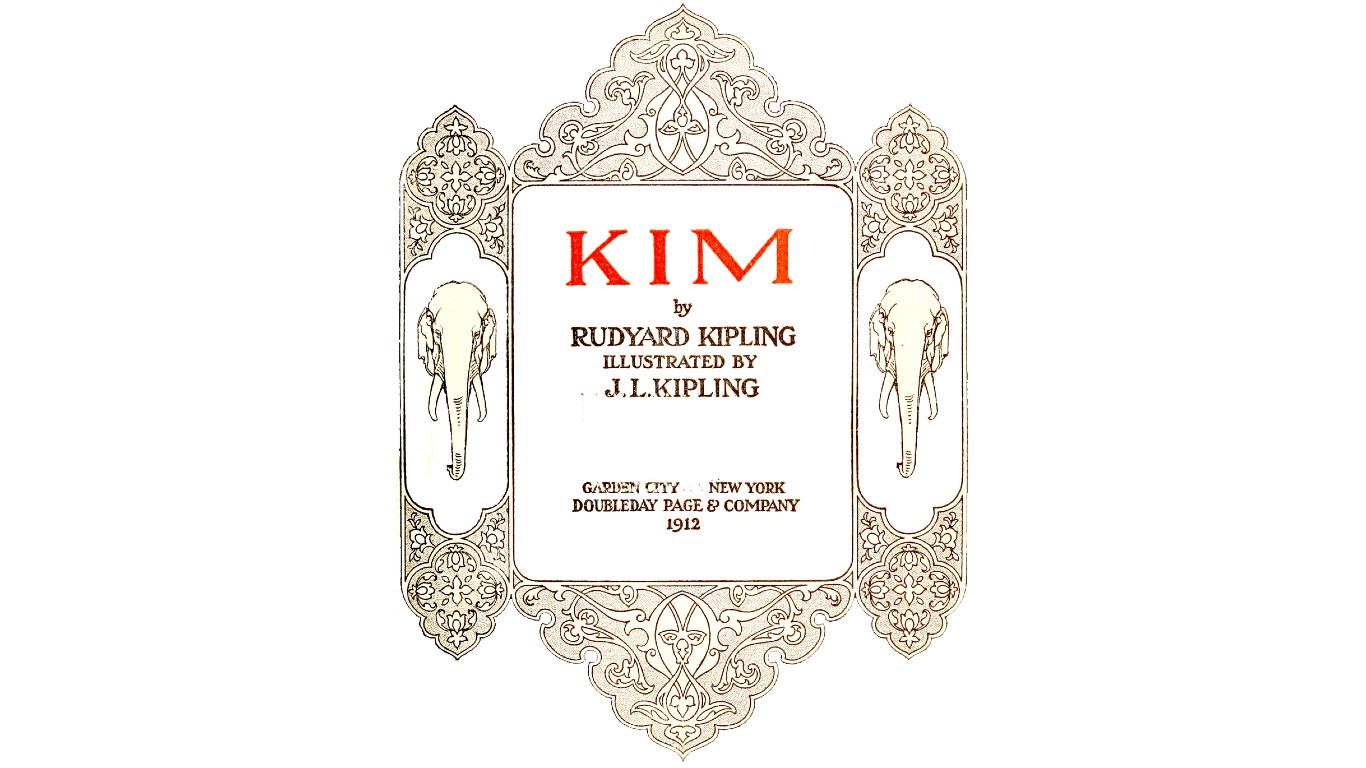
Kimball O’Hara
> Created by: Rudyard Kipling
> Definitive appearance: Kim
Rudyard Kipling drew on his personal experiences in India to create the character of Kimball O’Hara – Kim – the orphan son of a British soldier and an opium addict in India. As a boy in the streets of Lahore, he befriends a British secret service agent and is used as a spy to bring messages to a regional British commander.
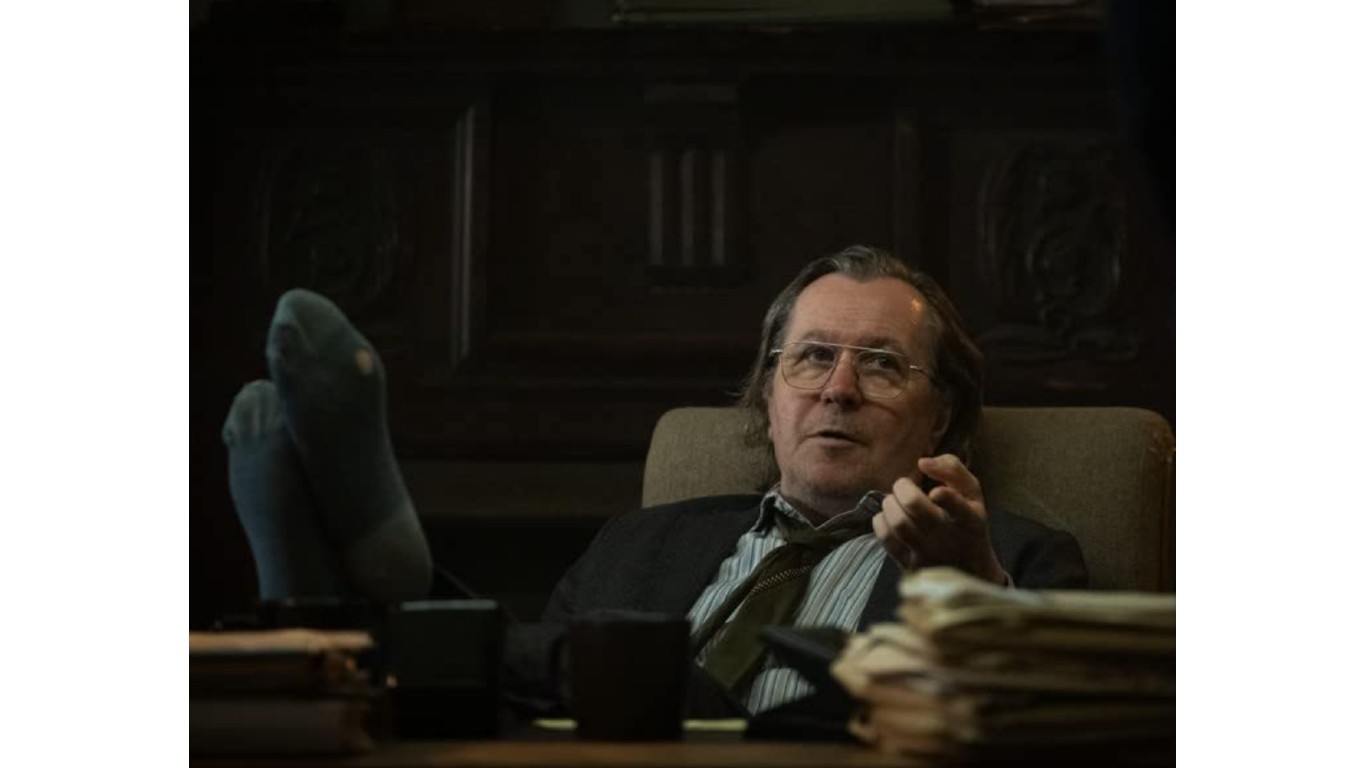
Jackson Lamb
> Created by: Mick Herron
> Definitive appearance: Slow Horses
Mick Herron has written 13 novels and novellas in the so-called Slough House series featuring spy Jackson Lamb, a slovenly, acerbic has-been British spy with a keen intellect and useful connections. Slough House is, in Herron’s fiction, a kind of dead-end limbo for spies who have screwed up but can’t be fired for various reasons. The stories have been adapted for television under the name “Slow Horses,” starring Gary Oldman as Lamb.
[in-text-ad]

Paul Christopher
> Created by: Charles McCarry
> Definitive appearance: The Secret Lovers
From the imagination of Charles McCarry springs the spy Paul Christopher, born in pre-Nazi Germany. Christopher is something of a renaissance man, elegant and fastidious, but wickedly skilled at spycraft. McCarry knows of what he writes. He was a correspondent for the Army newspaper “Stars and Stripes” and later became a speechwriter for President Dwight D. Eisenhower. McCarry joined the CIA in 1958 and traveled the world as a deep-cover operative. He left the agency in 1967 and started writing his Christopher novels – 10 in all.

Alec Leamas
> Created by: John Le Carré
> Definitive appearance: The Spy Who Came in from the Cold
Alec Leamas is the aging, world-weary spy sent on a final, fateful mission to East Germany during the very tense years of the Cold War in the early John Le Carré masterpiece “The Spy Who Came in from the Cold.” Richard Burton inhabited the role in the film version, embodying the archetypical burned-out secret agent, reflecting the toll that spycraft takes on an individual.
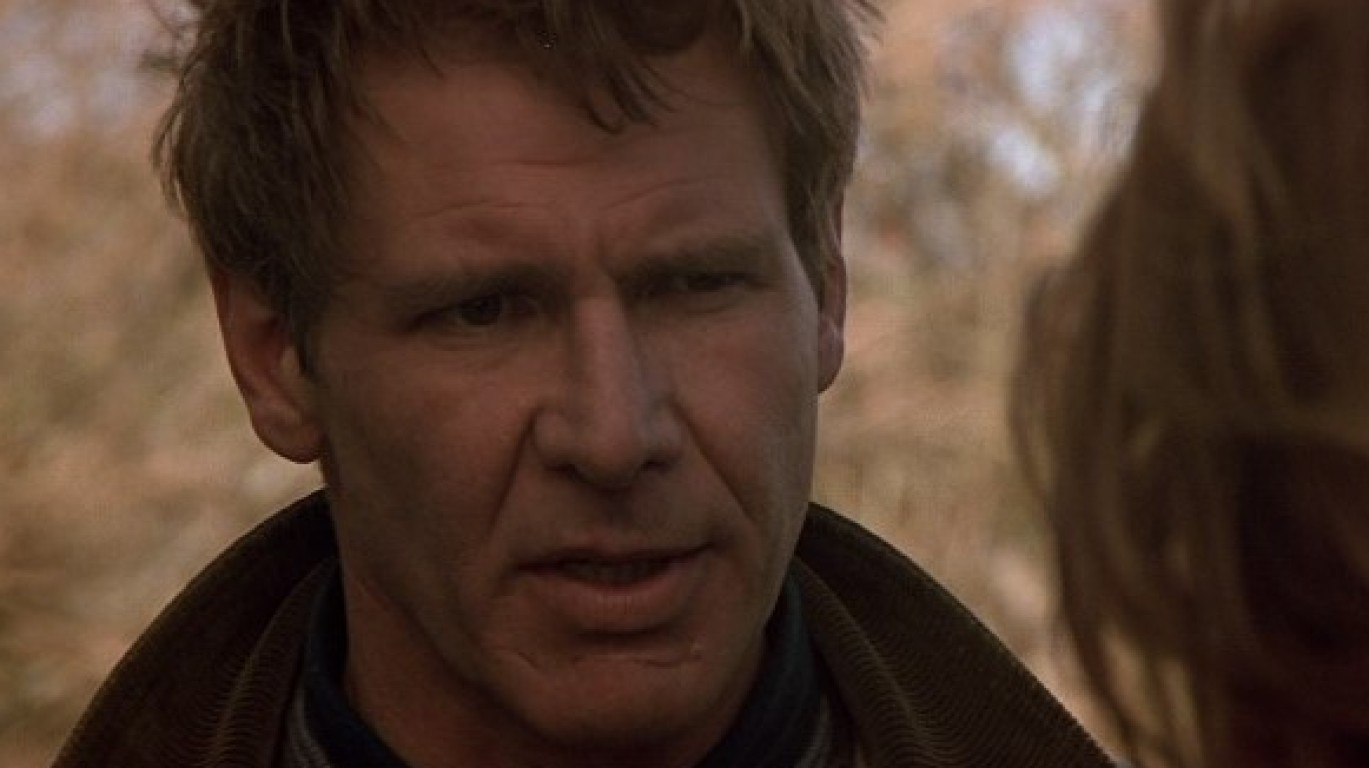
Jack Ryan
> Created by: Tom Clancy
> Definitive appearance: Patriot Games
The prolific Tom Clancy wrote 17 novels featuring Jack Ryan and sold more than 100 million books before his death in 2013, and four different writers have continued to turn out Ryan-centered works since then. The novels typically delve into the technical details and science of the craft as pracrticed by Ryan, a former Marine and onetime stockbroker who joins the CIA as an analyst. Four Clancy books – “The Hunt for Red October,” “Patriot Games,” “Clear and Present Danger,” and “The Sum of All Fears” – have been turned into box-office hits. Ryan has been portrayed by Alec Baldwin, Harrison Ford, Ben Affleck, and Chris Pine on the big screen, and by John Krasinski in a series on Amazon Prime.
[in-text-ad-2]

Quiller
> Created by: Adam Hall
> Definitive appearance: The Tango Briefing
Quiller is a British spy created by Adam Hall, one of numerous pseudonyms used by prolific novelist and playwright Elleston Trevor. Quiller appears in 19 books published over a span of 31 years beginning in 1965. After masquerading as a German soldier guarding a concentration camp and freeing enslaved Jews, Quiller is recruited by a shadowy British spy agency called the Bureau. Quiller doesn’t carry a gun, but he’s highly skilled in martial arts and because he can resist torture, doesn’t require a cyanide pill when he goes on assignments. Quiller also appeared in a spy motion picture, “The Quiller Memorandum,” in 1966. In it he investigated a neo-Nazi organization.

Jason Bourne
> Created by: Robert Ludlum
> Definitive appearance: The Bourne Identity
Jason Bourne was introduced to the world in a series of three novels by thriller writer Robert Ludlum and has continued his adventures since Ludlum’s death in numerous sequels by Eric Van Lustbader and Brian Freeman (both accomplished spy-story authors in their own right). Bourne is an alias of David Webb, a foreign service officer who specializes in Far Eastern affairs. The novel was first adapted for television in 1980 and later became the basis for a series of films starring Matt Damon (and in one instance, Jeremy Renner).
[in-text-ad]

Ashenden
> Created by: W. Somerset Maugham
> Definitive appearance: Ashender: Or the British Agent
“Ashenden,” published in 1926, is drawn from Somerset Maugham’s experiences as an MI6 agent during World War I. It is considered one of the first realistic spy novels, capturing the cynical nature of the craft and its impact on people. The novel influenced authors of later spy fiction such as Graham Greene, Len Deighton, and John Le Carré.
Magnus Pym
> Created by: John Le Carré
> Definitive appearance: A Perfect Spy
Magnus Pym is John Le Carré‘s “perfect spy.” Pym is a high-ranking British intelligence officer in his mid-fifties who disappears after his father’s death. It’s discovered that he’s been a double agent working for Czechoslovakia. The story focuses on Pym’s life and his complicated relationship with his grifter father and his Czech handler, and how the years of espionage have deeply affected his identity and sense of loyalty. The character of Pym’s father is based on Le Carré‘s own father, who was indeed a con man.

Matt Helm
> Created by: Donald Hamilton
> Definitive appearance: The Damagers
Donald Hamilton wrote 27 novels featuring Matt Helm, a highly competent and ruthless assassin, tasked with taking out enemy agents. Helm’s first assignments are during World War II and he continues his activities after the war is over. A noteworthy characteristic of the series is the continuity between novels. In 1965, Columbia Pictures bought the rights to eight of the novels and four of them became movies. Dean Martin starred as Helm, basically playing himself as a fun-loving, easy-going girl-chaser – nothing like the original character in the novels.
[in-text-ad-2]

Adolf Verloc
> Created by: Joseph Conrad
> Definitive appearance: The Secret Agent
Londoner Adolf Verloc, a mustachioed, heavy-set man in his 40s, runs a shop that sells pornography and contraceptives. He’s also a spy for an unnamed foreign embassy and is involved in a revolutionary movement, though he’s not ideological. All this is unknown to his wife, whose mentally challenged brother is recruited by Verloc to bomb the Greenwich Observatory. After the man is killed, Verloc’s enraged wife stabs him to death. Alfred Hitchcock loosely interpreted Conrad’s novel for his 1936 film “Sabotage.”

Mitch Rapp
> Created by: Vince Flynn
> Definitive appearance: American Assassin
Vince Flynn wrote 13 books featuring CIA operative Mitch Rapp; since his death, thriller writer Kyle Mills has penned eight more. Rapp joined the CIA after the girl he’s in love with was killed in the terrorist bombing of Pan Am Flight 103 in 1988. He is now assigned to thwart foreign terrorist attacks, sometimes using methods that push the boundaries of what is usually considered acceptable. “American Assassin,” the 11th Rapp book, was the basis of a 2017 film featuring Dylan O’Brien (“Teen Wolf”).
[in-text-ad]
Modesty Blaise
> Created by: Peter O’Donnell
> Definitive appearance: Modesty Blaise
English novelist and comic-strip writer Peter O’Donnell created Blaise – originally in a comics format – as a formidable female character able to do heroic deeds as well as, or better than, her male counterparts. She and her associate Willie Garvin handle special assignments with sometimes lethal force for British intelligence, but unlike James Bond, to whom she was often compared to, she had a life outside spying. A 1966 movie starring Monica Vitti as the title character was seen as a Bond send-up and failed at the box office. A direct-to-video film called “My Name is Modesty” was released in 2003 with a “Quentin Tarantino Presents…” logo, and the director has sometimes expressed interest in making a Modesty Blaise film of his own, though thus far this hasn’t happened.
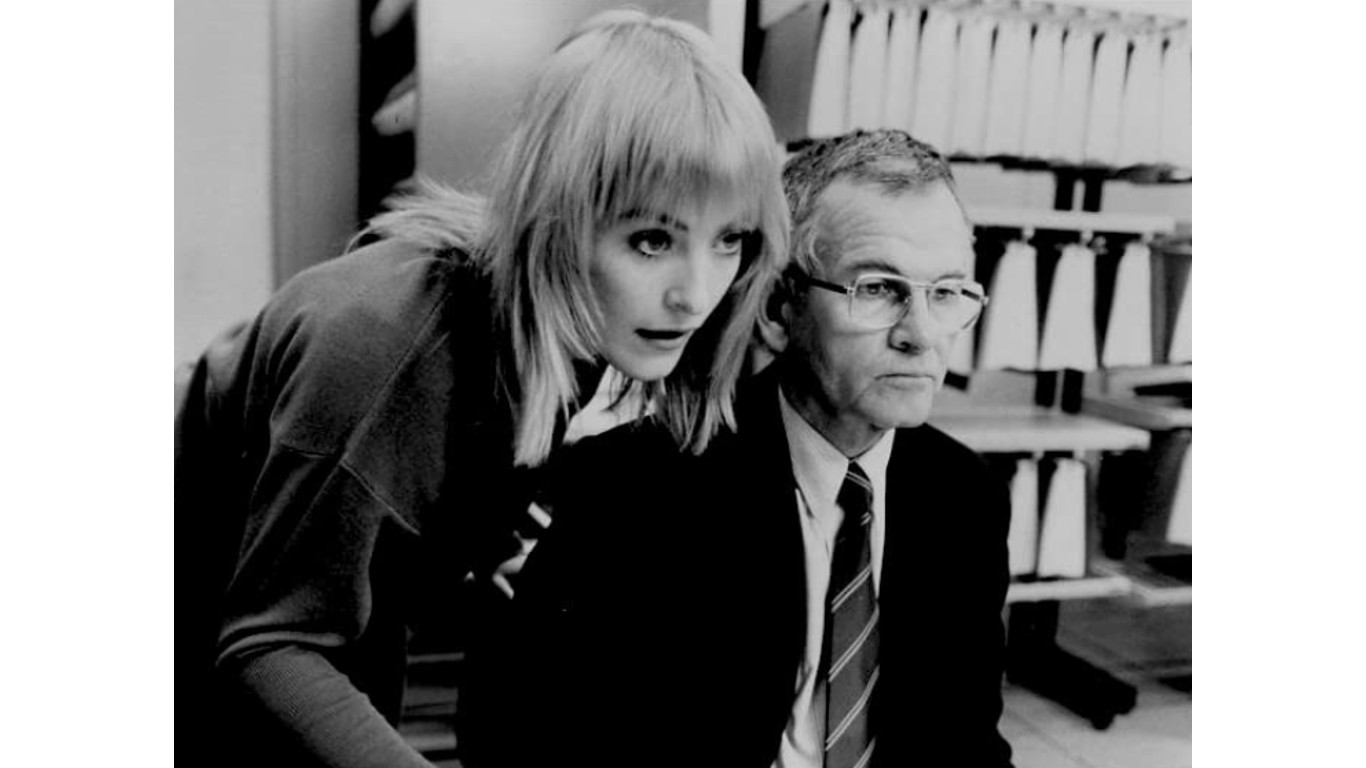
Bernard Samson
> Created by: Len Deighton
> Definitive appearance: The Game Set Match trilogy (Berlin Game, Mexico Set, London Match)
Len Deighton authored two sets of trilogies featuring Bernard Samson, the son of a British agent who operated in Germany in World War II and runs Great Britain’s Berlin unit after the war. Bernard grew up in post-war Berlin but is looked askance by both Germans and the British. As a British agent, he’s brave but cynical and highly disrespectful of his superiors. His wife Fiona figures prominently in the novels because she defects to East Germany, leaving her family behind – which may or may not be part of a devious double-cross. Two novels from the trilogy were adapted into a TV series that aired in 1988, featuring Ian Holm as Samson.

James Wormold
> Created by: Graham Greene
> Definitive appearance: Our Man in Havana
Graham Greene, who worked for the British secret service MI6 during World War II, modeled his character James Wormold on a Spanish double agent called “Garbo” who fed German intelligence false information about Allied troop movements and operations. Greene set his book in Cuba during the Cold War, a conflict that he found absurd. The book was made into a movie in 1960 that starred Alec Guinness as Wormold, a vacuum cleaner salesman who becomes a spy so he can support his free-spending daughter.
[in-text-ad-2]
Victor Maskell
> Created by: John Banville
> Definitive appearance: The Untouchable
Prize-winning Irish author Banville gave the name Victor Maskell to his stand-in for Anthony Blunt – one of the infamous Cambridge graduates who were spies for the Soviet Union. A closeted homosexual who was the knighted curator of the Queen’s pictures, Blunt revealed in 1979 that he had been spying for the Soviet Union for decades. The Maskell character is an art expert himself. He gains access to the royal family when he goes on a secret mission to post-war Germany to procure documents that could be damaging to the royals due to the Duke of Windsor’s dalliances with the Nazis. Maskell becomes keeper of the royal family’s art collection.
Alden Pyle
> Created by: Graham Greene
> Definitive appearance: The Quiet American
Graham Greene’s Alden Pyle in “the quiet American” is an idealistic Harvard graduate and son of a professor who is inspired by his intellectual hero York Harding to help make sweeping change in Vietnam. Pyle joins the American secret service. He is honorable and brave but also believes any action, no matter how questionable, is justifiable in bringing Vietnam to his idealized view of society.
[in-text-ad]

Dominika Egorova and Nate Nash
> Created by: Jason Matthews
> Definitive appearance: The Red Sparrow trilogy
After 33 years as a well-traveled member of the CIA, Jason Matthews created the Red Sparrow trilogy, featuring Russian spy Dominika Egorova and CIA agent Nathaniel Nash. Egorova has aspirations of becoming a ballerina. But Russia had other plans for her and envisions Egorova as a “sparrow” who could use her sexuality to trap would-be targets to work for Russia. Nash is an effective counterintelligence agent who falls in love with Egorova. Jennifer Lawrence starred as Egorova in a 2018 movie based on the original novel in the trilogy, called simply “Red Sparrow.”
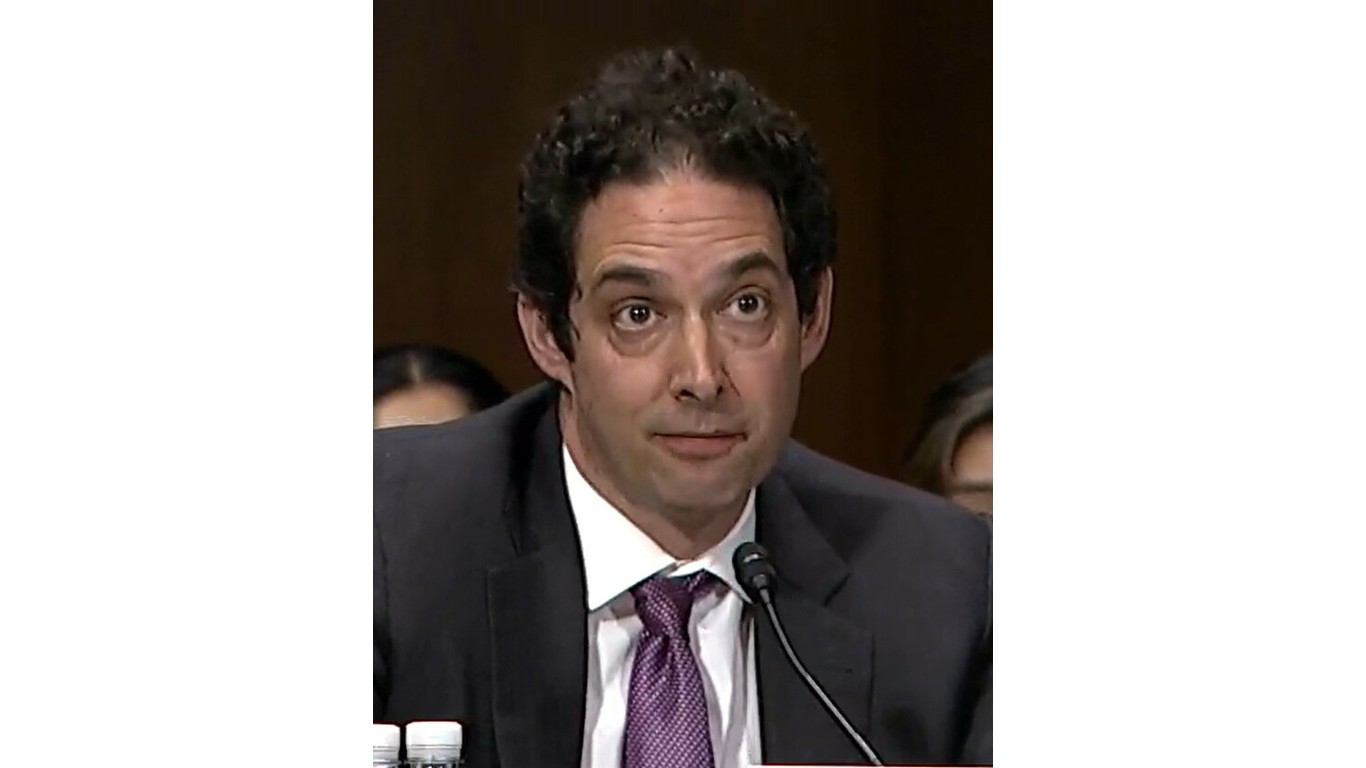
John Wells
> Created by: Alex Berenson
> Definitive appearance: The Ghost War
Former New York Times reporter Alex Berenson drew on his experiences covering Iraq to author 12 novels about spy John Wells. The novels cover Wells’ exploits working undercover for the U.S. and cover a range of America’s 21st-century foreign-policy concerns: Al Qaeda, North Korea, nuclear terrorism, CIA black sites, the war in Afghanistan, ISIS, the U.S. relationship with Israel, and the new Cold War with Russia. The only American agent to successfully infiltrate Al Qaeda, Wells is fluent in Arabic and a practicing Muslim.
Liz Carlyle
> Created by: Stella Rimington
> Definitive appearance: At Risk
Stella Rimington served as director general of Great Britain’s security service, MI5, from 1992 to 1996. After she retired, she wrote her first spy novel, launching the Liz Carlyle series. Carlyle is a smart, ambitious MI5 agent schooled in counter-espionage. With the Cold War over, she’s tasked with thwarting assassination plots in London against Russian expats who’ve run afoul of Vladimir Putin.
The Average American Has No Idea How Much Money You Can Make Today (Sponsor)
The last few years made people forget how much banks and CD’s can pay. Meanwhile, interest rates have spiked and many can afford to pay you much more, but most are keeping yields low and hoping you won’t notice.
But there is good news. To win qualified customers, some accounts are paying almost 10x the national average! That’s an incredible way to keep your money safe and earn more at the same time. Our top pick for high yield savings accounts includes other benefits as well. You can earn up to 3.80% with a Checking & Savings Account today Sign up and get up to $300 with direct deposit. No account fees. FDIC Insured.
Click here to see how much more you could be earning on your savings today. It takes just a few minutes to open an account to make your money work for you.
Our top pick for high yield savings accounts includes other benefits as well. You can earn up to 4.00% with a Checking & Savings Account from Sofi. Sign up and get up to $300 with direct deposit. No account fees. FDIC Insured.
Thank you for reading! Have some feedback for us?
Contact the 24/7 Wall St. editorial team.
